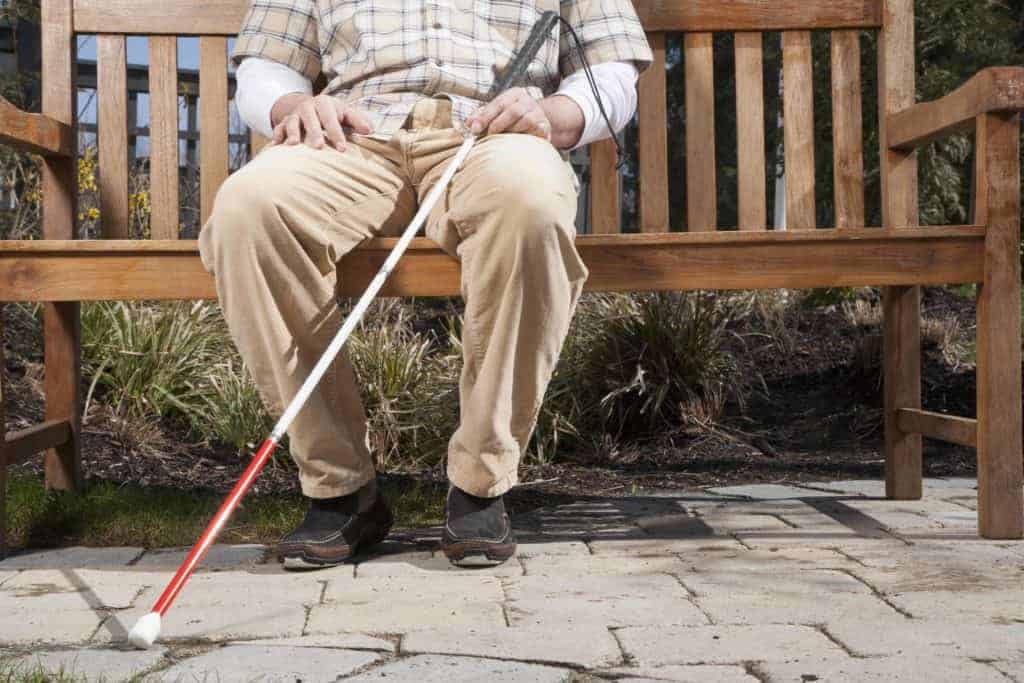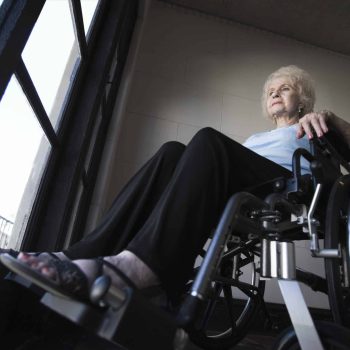

Mobility & Disability
What Does It Mean To Have Mobility Issues?
SonderCare Learning Center

SonderCare Learning Center
Walking is an ability about which many people don’t think twice. Moving around the home and community with no difficulties is central to our daily lives – going to work, running errands, visiting family and friends, and more. For people with mobility impairments, living in a world where walking is taken for granted can compromise physical safety and emotional well-being. What does it mean to have mobility issues?
Mobility issues refer to the difficulties people can have when they need to get around physically. In seniors, it’s a common problem attenuating the loss of strength and muscle mass, stiff joints, gait changes that affect balance and range of motion.
Mobility impairments are not an inevitable result of aging. They come from other conditions that are more common or become more severe as one gets older. The change in one’s mobility may be temporary, requiring rehabilitative care, or more permanent.
Many diseases and rehabilitative states that become mobility impairments start with a degree of immobility. More people are transferring to rehabilitation facilities or going back to their homes for physical therapy after short hospital stays.
The causes of mobility problems are great in number. They can include weakness in the legs, knees, or ankles; joint or muscle pain that makes walking difficult; balance or coordination difficulties; loss of visual acuity or an internal awareness of one’s position in space; and breathing difficulties.
Falls are the biggest risk for people with disabilities and mobility issues. They can result in broken bones, bruises, a debilitating fear of falling in the future, and further impaired mobility. It’s especially crucial for seniors – older bones break more easily than younger bones, healing less quickly and not as completely. If, for instance, a senior suffers from a hip fracture, they may need to use a cane, walker, or wheelchair permanently.
When an older person falls but does not suffer serious injury, they might still have difficulty getting up from the fall. The harm from a fall may result in limited or reduced mobility and bed rest and can worsen existing medical illnesses or lead to new ones. These include blood clots in the legs and other circulatory problems, loss of strength, pressure ulcers, or pneumonia.
Prevention is important. Specific personal care routines, physical exercise, and at-home accommodations can all help prevent the likelihood of falls.
Not all seniors have mobility issues, and mobility issues don’t only affect seniors. Mobility impairments in the lower extremities often result from medical conditions like arthritis, cerebral palsy, and Spina Bifida, and they can be disruptive to both physical and emotional well-being. These conditions can affect people of all ages, and reports of mobility difficulties are common among middle-aged adults.
Among those with mobility issues, it’s not just the obstacle of their disability that is concerning – it’s how it impacts their quality of life, too. There are many mental health issues associated with how well a person can perform daily activities or physical activity, and these can lead to or impact depression, anxiety, and poverty. It highlights the need for a comprehensive care plan that can allow people to overcome their mobility issues as much as possible.
Persons with physical and mobility impairments may need assistance with mobility, transfers, and ambulation. They may need help with moving about the house, going to the bathroom, sleeping, and other routine activities of daily living. Modifications for the needs of today might not be sufficient for needs years in the future.
Depending on the medical condition, new furniture and assistive devices may be necessary. For example, adjustable hospital beds that raise and lower can be essential for getting in and out of bed. Ramps and stairlifts can help someone with mobility issues get in and out of the home and between stories.
Many of these accessibility renovations can be inexpensive. Appropriate modifications include installing grab bars in the bathroom, replacing knobs on drawers and cabinets with pull bars, adding nightlights to hallways and bedrooms, and making light switches and outlets more accessible. Other measures, such as removing carpets or rugs that pose a tripping hazard, are free!
If you need help, a professional occupational therapist can provide you or a loved one experiencing mobility issues with a home assessment. They should also understand how needs related to a condition will change over time, turning any necessary modifications into projects that will last as long as the person with mobility issues will need them.
They observed common characteristics that contribute to mobility loss, such as advanced age, a lack of physical exercise, obesity, poor strength and stability, and persistent diseases such as diabetes and arthritis.
Loss of mobility fundamentally refers to the inability to move freely and painlessly. While the causes of limited mobility vary greatly, some are caused by advancing age, while others might be caused by accidents, neurological impairment, or other physical inabilities.
When a person’s mobility declines, he or she may begin to shun activities and social engagements, resulting to a sense of isolation. This can have a negative impact on one’s mental health. Furthermore, a person might become isolated as their mobility declines, not simply when they reach the threshold of impairment.
Start Exploring Mobility & Disability With SonderCare
Are you recently discharged from hospital, experiencing mobility issues, or in need of palliative or senior care? Enjoy a smoother recovery and get the luxury you deserve by choosing our home hospital products. Contact us today to discuss home hospital beds, mattresses, stand assist chairs and other accessories to make your home hospice perfect for a truly comfortable experience.
Are you looking for the most recent articles on physical disability resources? Browse our latest resources below and let us know if you have any questions. We’re here to support you as you embark on your road to home medical care.
Seeking The Best Care For Your Loved One?
Browse North America's Luxury
Mobility & Disability
Product Inventory